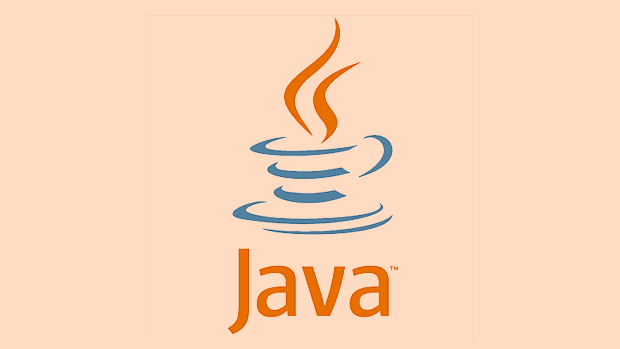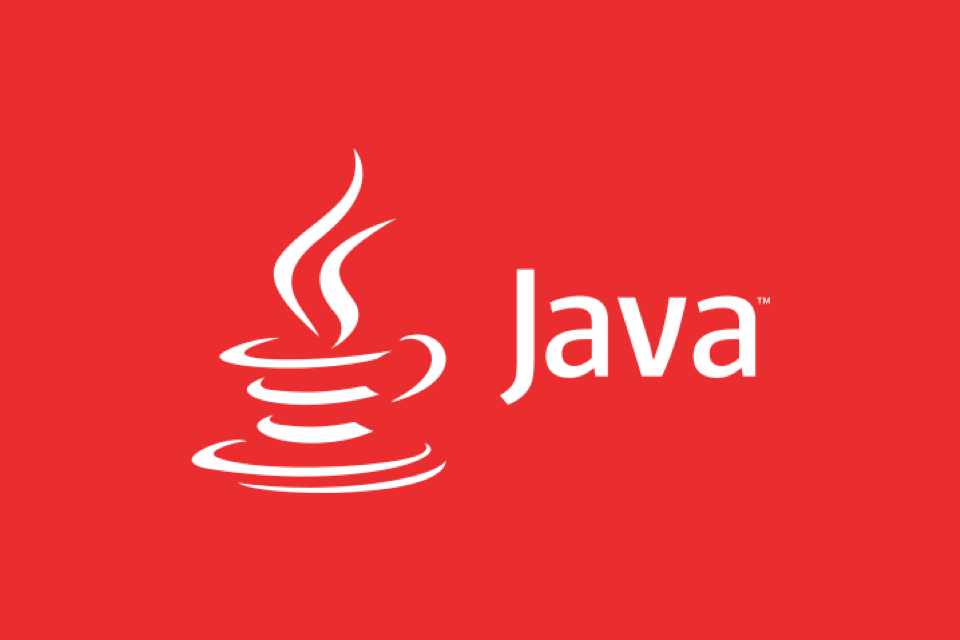 Java
Java
 javaTutorial
javaTutorial
 What is the Deque interface and how does it differ from a standard queue in Java?
What is the Deque interface and how does it differ from a standard queue in Java?
What is the Deque interface and how does it differ from a standard queue in Java?
The Deque interface in Java, pronounced "deck," stands for double-ended queue and allows insertion and removal of elements from both ends. 1) Unlike a standard queue that follows FIFO and only supports rear insertion and front removal, Deque supports offerFirst(), offerLast(), pollFirst(), pollLast(), peekFirst(), and peekLast(). 2) It can function as a queue (FIFO), stack (LIFO), or double-ended queue depending on method usage. 3) Common implementations include ArrayDeque, which is efficient and widely used, and LinkedList, which has higher memory overhead. 4) Example uses include stack operations with push() and pop(), queue operations with offer() and poll(), and bidirectional access with offerFirst(), offerLast(), pollFirst(), and pollLast(). 5) Deque is ideal when you need flexibility in element insertion and removal, such as in sliding window algorithms or palindrome checks. 6) It is preferred over Stack or basic LinkedList for better performance and versatility. In summary, Deque provides enhanced flexibility over Queue by enabling bidirectional operations, making it suitable for various data structure patterns efficiently.

The Deque interface in Java stands for "double-ended queue," and it's part of the java.util package. It extends the Queue interface and allows you to insert and remove elements from both the front (head) and the back (tail) of the queue. The name "Deque" is pronounced "deck."

Key Features of Deque
Unlike a standard queue, which follows the FIFO (First-In-First-Out) model—where elements are added at the rear and removed from the front—a Deque provides greater flexibility:
- Add elements to the front or the back
- Remove elements from the front or the back
- Peek at elements from either end
This makes Deque suitable for use as a queue, a stack, or even a double-ended queue depending on which methods you use.

How Deque Differs from a Standard Queue
| Feature | Standard Queue (Queue) |
Deque (Deque) |
|---|---|---|
| Insertion | Only at the rear (offer()) |
At both ends (offerFirst(), offerLast()) |
| Removal | Only from the front (poll()) |
From both ends (pollFirst(), pollLast()) |
| Element inspection | Only front (peek()) |
Both ends (peekFirst(), peekLast()) |
| Usage models | Queue (FIFO) only | Queue (FIFO), Stack (LIFO), or both |
| Interface extension | Basic Queue interface |
Extends Queue and adds bidirectional ops |
Common Deque Implementations
-
ArrayDeque– A resizable-array implementation, commonly used due to good performance and memory efficiency. -
LinkedList– Also implementsDeque, though it uses more memory due to node overhead.
Example: Using Deque as a Stack and Queue
Deque<String> deque = new ArrayDeque<>();
// Using as a stack (LIFO)
deque.push("First");
deque.push("Second");
System.out.println(deque.pop()); // Output: Second
// Using as a queue (FIFO)
deque.offer("A");
deque.offer("B");
System.out.println(deque.poll()); // Output: A
// Working from both ends
deque.offerFirst("Front");
deque.offerLast("Back");
System.out.println(deque.pollLast()); // Output: Back
System.out.println(deque.pollFirst()); // Output: FrontWhen to Use Deque
- You need stack behavior (LIFO): use
push()andpop() - You need queue behavior (FIFO): use
offer()andpoll() - You need to process elements from both ends (e.g., sliding window algorithms, palindrome checks)
- You want a more flexible alternative to
StackorLinkedListfor sequential data
Summary
The Deque interface is more versatile than the standard Queue. While Queue restricts operations to one end for insertion and the other for removal, Deque allows insertion and removal at both ends. This flexibility enables it to emulate both stacks and queues efficiently. In practice, ArrayDeque is often the best choice for high-performance stack or queue implementations in Java.
Basically, if you need more control over how elements are added or removed, Deque is the way to go.

The above is the detailed content of What is the Deque interface and how does it differ from a standard queue in Java?. For more information, please follow other related articles on the PHP Chinese website!

Hot AI Tools

Undress AI Tool
Undress images for free

Undresser.AI Undress
AI-powered app for creating realistic nude photos

AI Clothes Remover
Online AI tool for removing clothes from photos.

Clothoff.io
AI clothes remover

Video Face Swap
Swap faces in any video effortlessly with our completely free AI face swap tool!

Hot Article

Hot Tools

Notepad++7.3.1
Easy-to-use and free code editor

SublimeText3 Chinese version
Chinese version, very easy to use

Zend Studio 13.0.1
Powerful PHP integrated development environment

Dreamweaver CS6
Visual web development tools

SublimeText3 Mac version
God-level code editing software (SublimeText3)
 How does a HashMap work internally in Java?
Jul 15, 2025 am 03:10 AM
How does a HashMap work internally in Java?
Jul 15, 2025 am 03:10 AM
HashMap implements key-value pair storage through hash tables in Java, and its core lies in quickly positioning data locations. 1. First use the hashCode() method of the key to generate a hash value and convert it into an array index through bit operations; 2. Different objects may generate the same hash value, resulting in conflicts. At this time, the node is mounted in the form of a linked list. After JDK8, the linked list is too long (default length 8) and it will be converted to a red and black tree to improve efficiency; 3. When using a custom class as a key, the equals() and hashCode() methods must be rewritten; 4. HashMap dynamically expands capacity. When the number of elements exceeds the capacity and multiplies by the load factor (default 0.75), expand and rehash; 5. HashMap is not thread-safe, and Concu should be used in multithreaded
 Java Virtual Threads Performance Benchmarking
Jul 21, 2025 am 03:17 AM
Java Virtual Threads Performance Benchmarking
Jul 21, 2025 am 03:17 AM
Virtual threads have significant performance advantages in highly concurrency and IO-intensive scenarios, but attention should be paid to the test methods and applicable scenarios. 1. Correct tests should simulate real business, especially IO blocking scenarios, and use tools such as JMH or Gatling to compare platform threads; 2. The throughput gap is obvious, and it can be several times to ten times higher than 100,000 concurrent requests, because it is lighter and efficient in scheduling; 3. During the test, it is necessary to avoid blindly pursuing high concurrency numbers, adapting to non-blocking IO models, and paying attention to monitoring indicators such as latency and GC; 4. In actual applications, it is suitable for web backend, asynchronous task processing and a large number of concurrent IO scenarios, while CPU-intensive tasks are still suitable for platform threads or ForkJoinPool.
 how to set JAVA_HOME environment variable in windows
Jul 18, 2025 am 04:05 AM
how to set JAVA_HOME environment variable in windows
Jul 18, 2025 am 04:05 AM
TosetJAVA_HOMEonWindows,firstlocatetheJDKinstallationpath(e.g.,C:\ProgramFiles\Java\jdk-17),thencreateasystemenvironmentvariablenamedJAVA_HOMEwiththatpath.Next,updatethePATHvariablebyadding%JAVA\_HOME%\bin,andverifythesetupusingjava-versionandjavac-v
 How to handle transactions in Java with JDBC?
Aug 02, 2025 pm 12:29 PM
How to handle transactions in Java with JDBC?
Aug 02, 2025 pm 12:29 PM
To correctly handle JDBC transactions, you must first turn off the automatic commit mode, then perform multiple operations, and finally commit or rollback according to the results; 1. Call conn.setAutoCommit(false) to start the transaction; 2. Execute multiple SQL operations, such as INSERT and UPDATE; 3. Call conn.commit() if all operations are successful, and call conn.rollback() if an exception occurs to ensure data consistency; at the same time, try-with-resources should be used to manage resources, properly handle exceptions and close connections to avoid connection leakage; in addition, it is recommended to use connection pools and set save points to achieve partial rollback, and keep transactions as short as possible to improve performance.
 Java Microservices Service Mesh Integration
Jul 21, 2025 am 03:16 AM
Java Microservices Service Mesh Integration
Jul 21, 2025 am 03:16 AM
ServiceMesh is an inevitable choice for the evolution of Java microservice architecture, and its core lies in decoupling network logic and business code. 1. ServiceMesh handles load balancing, fuse, monitoring and other functions through Sidecar agents to focus on business; 2. Istio Envoy is suitable for medium and large projects, and Linkerd is lighter and suitable for small-scale trials; 3. Java microservices should close Feign, Ribbon and other components and hand them over to Istiod for discovery and communication; 4. Ensure automatic injection of Sidecar during deployment, pay attention to traffic rules configuration, protocol compatibility, and log tracking system construction, and adopt incremental migration and pre-control monitoring planning.
 Implement a linked list in Java
Jul 20, 2025 am 03:31 AM
Implement a linked list in Java
Jul 20, 2025 am 03:31 AM
The key to implementing a linked list is to define node classes and implement basic operations. ①First create the Node class, including data and references to the next node; ② Then create the LinkedList class, implementing the insertion, deletion and printing functions; ③ Append method is used to add nodes at the tail; ④ printList method is used to output the content of the linked list; ⑤ deleteWithValue method is used to delete nodes with specified values and handle different situations of the head node and the intermediate node.
 How to format a date in Java with SimpleDateFormat?
Jul 15, 2025 am 03:12 AM
How to format a date in Java with SimpleDateFormat?
Jul 15, 2025 am 03:12 AM
Create and use SimpleDateFormat requires passing in format strings, such as newSimpleDateFormat("yyyy-MM-ddHH:mm:ss"); 2. Pay attention to case sensitivity and avoid misuse of mixed single-letter formats and YYYY and DD; 3. SimpleDateFormat is not thread-safe. In a multi-thread environment, you should create a new instance or use ThreadLocal every time; 4. When parsing a string using the parse method, you need to catch ParseException, and note that the result does not contain time zone information; 5. It is recommended to use DateTimeFormatter and Lo
 Java Security for Server-Side Template Injection
Jul 16, 2025 am 01:15 AM
Java Security for Server-Side Template Injection
Jul 16, 2025 am 01:15 AM
Preventing server-side template injection (SSTI) requires four aspects: 1. Use security configurations, such as disabling method calls and restricting class loading; 2. Avoid user input as template content, only variable replacement and strictly verify input; 3. Adopt sandbox environments, such as Pebble, Mustache or isolating rendering context; 4. Regularly update the dependent version and review the code logic to ensure that the template engine is configured reasonably and prevent the system from being attacked due to user-controllable templates.






